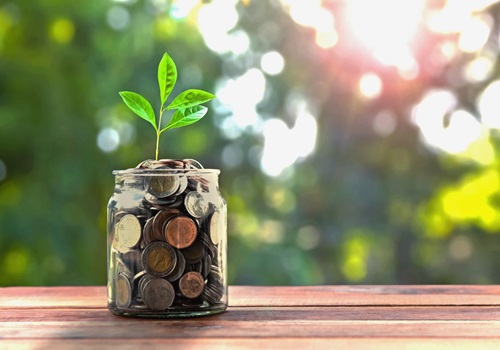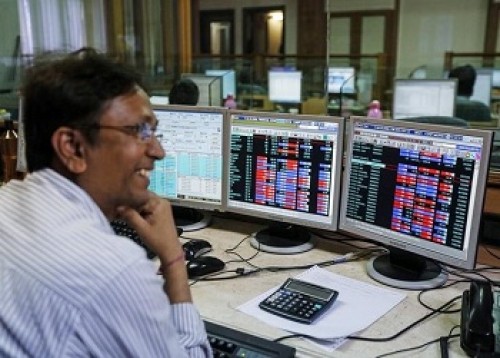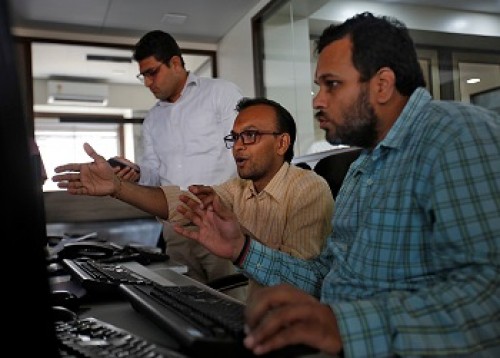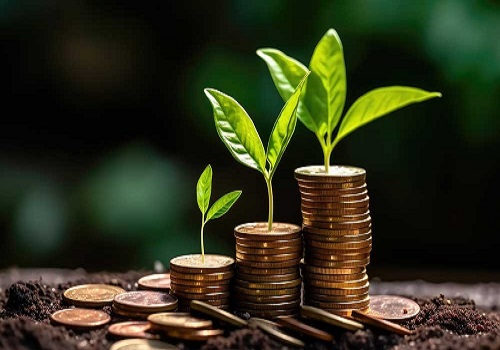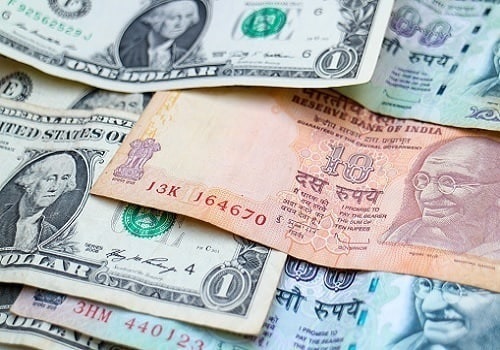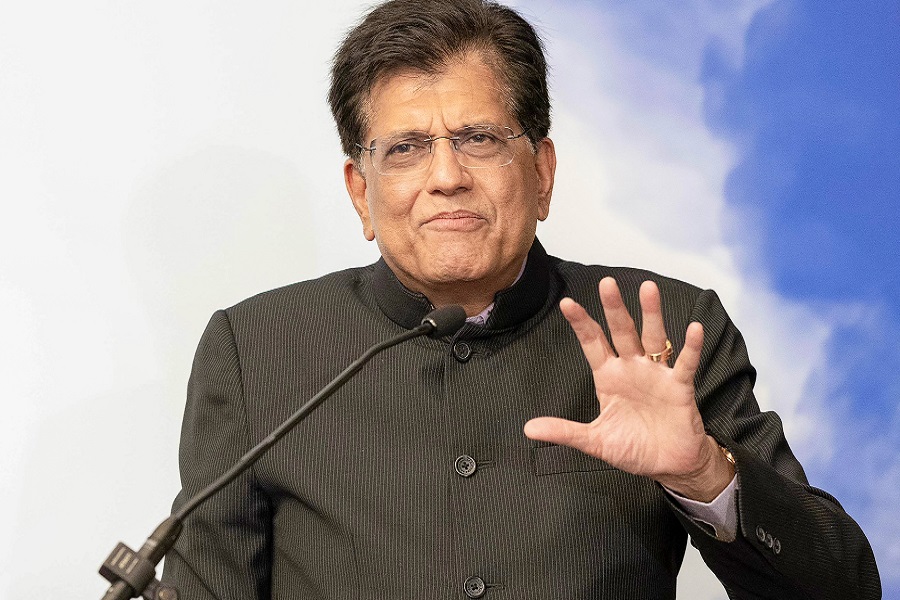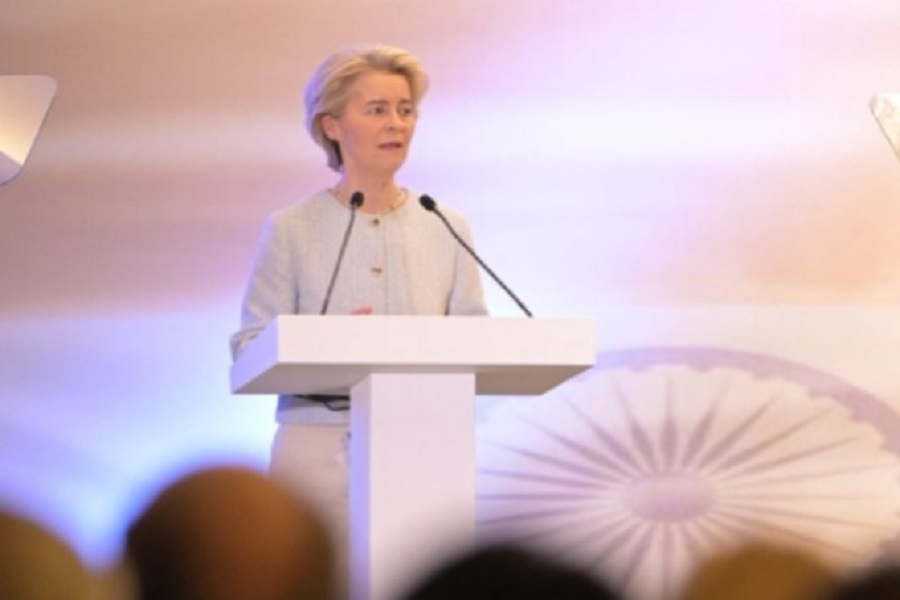S&P Global Platts Analytics: $100/b oil aggravates pain from Asia’s acute oil addiction
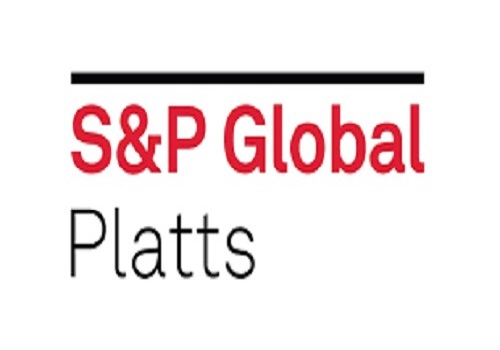
* There's always a price to pay when one doesn't have an immediate alternative to cure one's addiction – and for Asian oil importers, it's no different. Asia's top oil importers are dependent on imports for 70%-100% of their needs. With high oil prices – ICE Brent crude topped $100/b in Asian trade Feb 24 as Russian President Vladimir Putin announced military operations in Ukraine – the pain is felt not just by refiners and consumers. It's also a burden that forces governments to alter fiscal policies to cushion the blow from massive foreign exchange outflows.
* "High oil prices will dampen demand and will undermine the fragile economic recovery if they continue to rise," said Lim Jit Yang, advisor for oil markets at S&P Global Platts Analytics.
* Take the example of India: for every 10% increase in crude oil prices, the wholesale price index increases by 0.9%-1% and the consumer price index by 0.4%-0.6 %. A 10% rise in oil prices leads to an increase of nearly $15 billion in India's current account deficit, or 0.4% of its GDP, leading to a depreciation in the rupee.
Battling it out
As economies struggle, the dramatic sprint of crude oil toward $100/b is prompting Asian importers to rethink their fiscal road map. Japan, for example, has decided to provide subsidies to refiners and oil product importers in the current quarter with the aim of curbing the price rise. South Korea has lowered taxes on auto fuels by up to 20% for six months from November.
Despite the rising prices, Platts Analytics expects Asian oil demand to grow by 1.5 million b/d year on year in 2022, up from 1.2 million b/d in 2021.
But as prices rise, the impact of expensive oil on demand will vary across Asian countries and will depend on how much supply they hold – either in strategic petroleum reserves or from domestic production.
According to Platts Analytics, among Asia's big four oil consuming countries, China is well-positioned as it has substantial domestic production, coupled with relatively high SPR levels. China's relatively low inflation rate means that it has leeway to boost economic growth if needed, which it expects to be 4.9% for 2022, with oil demand growing at 560,000 b/d.
"India, on the other hand, is more vulnerable as it depends heavily on crude imports, and it has relatively low SPR compared to other major Asian consuming countries. India's soaring consumer price index continues to be a cause of concern for the economy, although growth is expected to be strong at 8% for 2022," Lim of Platts Analytics said.
But as geopolitical concerns rise because of the mounting leading oil importers are hoping for a favorable US-Iran nuclear agreement, which would open up flows from the OPEC producer, and ease the tight supply situation and cool global oil prices.
Above views are of the author and not of the website kindly read disclaimer

